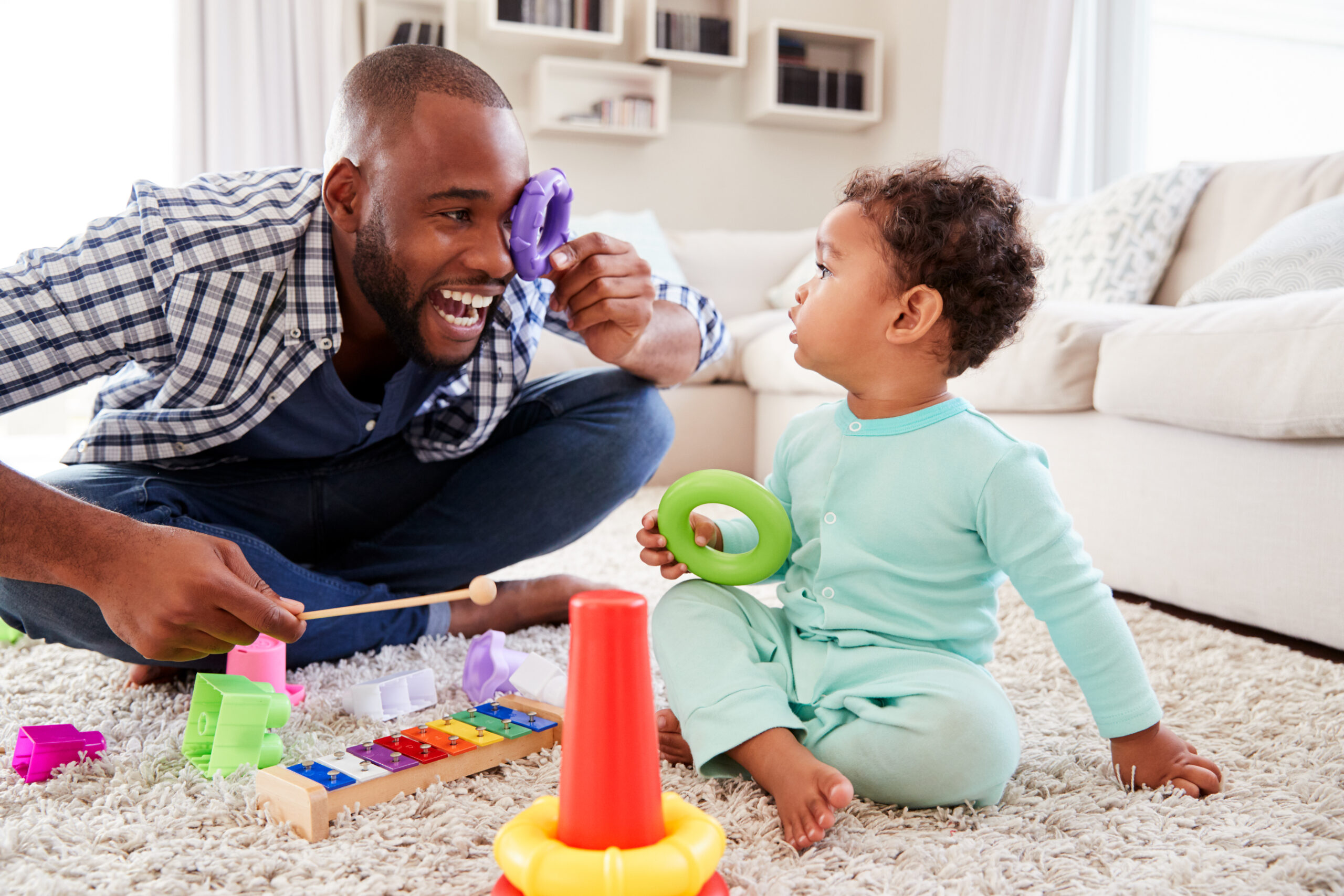Language therapy and language input often focus on modeling new vocabulary for children. Recent research shows one effective way of modeling language is called “Toy Talk.” Toy Talk is a specific way to model language that focuses primarily on the toys or other objects in the environment instead of primarily focusing on the parent or child.
Toy Talk involves talking about the toy specifically by name instead of using pronouns or vague terminology. Examples of this are “the car is driving,” “the truck looks big,” “Mader is happy,” etc. These types of sentences shift focus from the child’s actions (ex. “You’re driving the car”) and do not use pronouns (“it’s fast”) so that the child is talking about the toys or other objects in their environment and learning their names.
Research shows that Toy Talk helps children with learning subject-verb sentence structure, increasing the diversity of sentence structures used, and makes it easier for children to learn correct grammar, in addition to increasing their vocabulary.
Other types of language modeling include self-talk (talking about what you are doing), and narrating/parallel talk (talking about what the child is doing). Both of these strategies are effective for language learning as well, but Toy Talk can provide another avenue to learn specific vocabulary and increase grammar knowledge.
Try practicing Toy Talk for a few minutes a day by talking about any items or people in your environment other than you (the communication partner) or the child, and by saying the name of these items or people.
Handley, P.A. & Rispoli, M. (2015). Toy talk strategies: An instructional resource. https://www.ideals.illinois.edu/items/127113
